COLUMN: Why it’s time to take this whole “social distancing” thing for real
After coming to terms with the loss of East’s senior trip to Disneyworld, I was trying to find some escape in the thought of a whole two-week break from school. This meant no 6:30 a.m. wake ups, getting through my classes with bare-minimum effort, and week-long trips down to Avalon with my best friends.
But as John Oliver, English-American political commentator and host of Last Week Tonight, said in his video, “Coronavirus II,” coronavirus seemed to go “from an abstraction, to a very real threat” just within the past week.
As of 9:51 a.m. on Tuesday, Mar. 17, there were 178 confirmed cases of COVID-19 in New Jersey. This was a 181% rise in cases from the 98 confirmed cases reported the day before (Mar. 16).
So obviously, things are escalating a bit faster than we would like them to. Updates and executive orders from New Jersey Governor Phil Murphy have closed down schools, restaurants, recreational facilities and put in place a curfew from 8 p.m. until 5 a.m.
So after the weight of the situation finally hit, I realized that now wasn’t the time to be hanging out with my friends or going to the mall.
It was time for some social distancing. My family and I did some major food shopping, I set up my school work for the week and got to writing a list of things to do inside the house for when I get bored.
During a White House press conference on Mar. 16, Dr. Deborah L. Birx, member of the White House coronavirus task force, said that according to updated modelling on how the virus might spread, “what had the biggest impact in the model is social distancing, small groups, not going in public in large groups.”
Birx added on Mar. 17 that “every single generation has a role to play” in the prevention of coronavirus.
So I’m looking at you, students of Cherry Hill East. Now is not the time to go play a pick-up game, hang with your friends or go to a St. Patrick’s Day party.
Dr. Anthony Fauci, director of the National Institute of Allergy and Infectious Diseases and the nation’s leading infectious disease expert, sat down with NBC News’ “Meet the Press” on Mar. 15.
Fauci said that Americans “should be prepared that they’re going to have to hunker down significantly more than we as a country are doing.”
Looking at data from The Washington Post (who is continuously updating information about coronavirus), cases in the United States are currently following an exponential curve. The Post estimates that “if the number of cases were to continue to double every three days, there would be about a hundred million cases in the United States by May.”
Leana Wen, former health commissioner for the city of Baltimore, explained that forced quarantines—like the one imposed on Hubei province by the Chinese government—cannot realistically stop the outbreak.
But The Washington Post adds that there are other ways to slow an outbreak. And guess what that way is? Social distancing. I’m beginning to see a theme here.
Looking at the data for extensive distancing, we see the phenomenon of “flattening the curve.” The number of sick people greatly outnumber those who are healthy. But even when the data switches to moderate distancing, we see that the number of healthy people significantly decreases. This is because as more healthy individuals come into contact with sick people more frequently during moderate distancing, coronavirus is more frequently transmitted. And that doesn’t just mean that you may get sick. It means you’re a carrier to everyone else that you come into contact with.
Meaning that we cannot, and I repeat cannot, trust that because we’re healthy young adults that we won’t be affected by COVID-19 or that we won’t affect other people.

Hello! My name is Emily Mahaffy. I am a senior and currently one of the features editors for Eastside. When I’m not at school, you can usually find me...

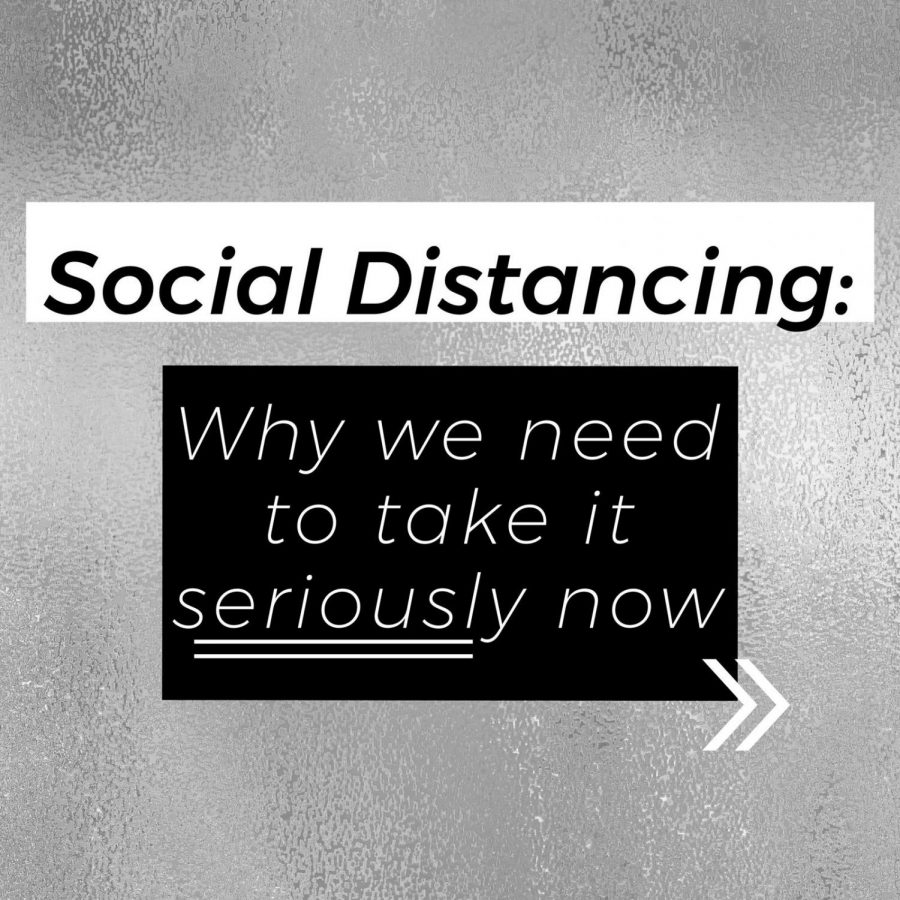


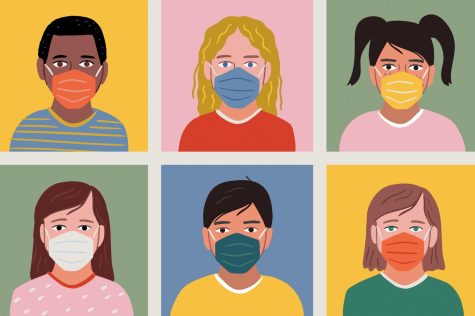
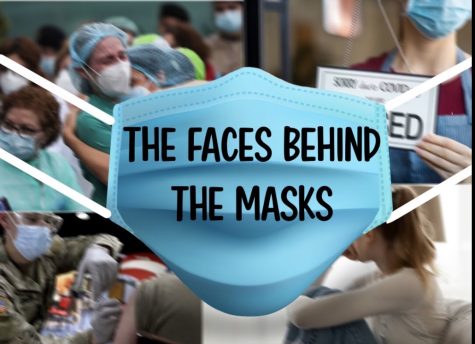
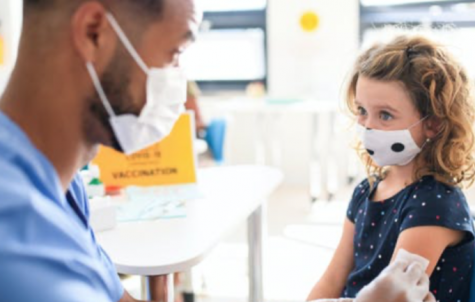
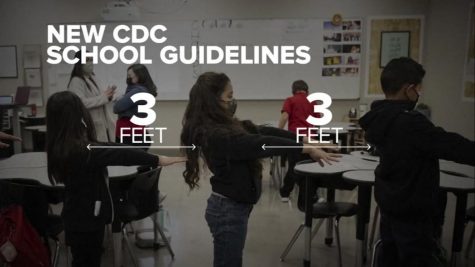
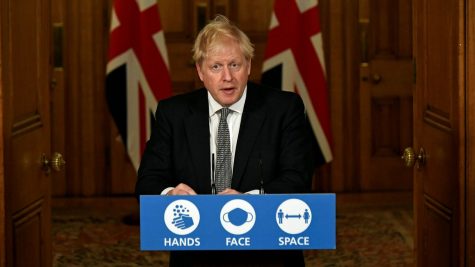
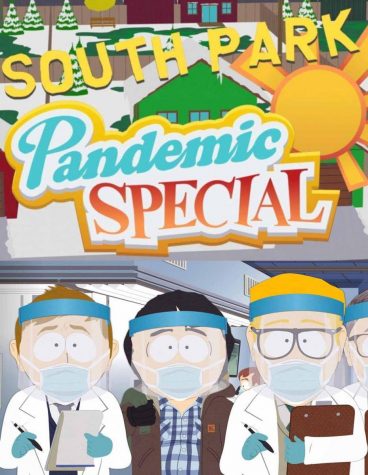

Joe Mahaffy • Mar 24, 2020 at 7:43 pm
Great works Schmoopsie ❤️❤️